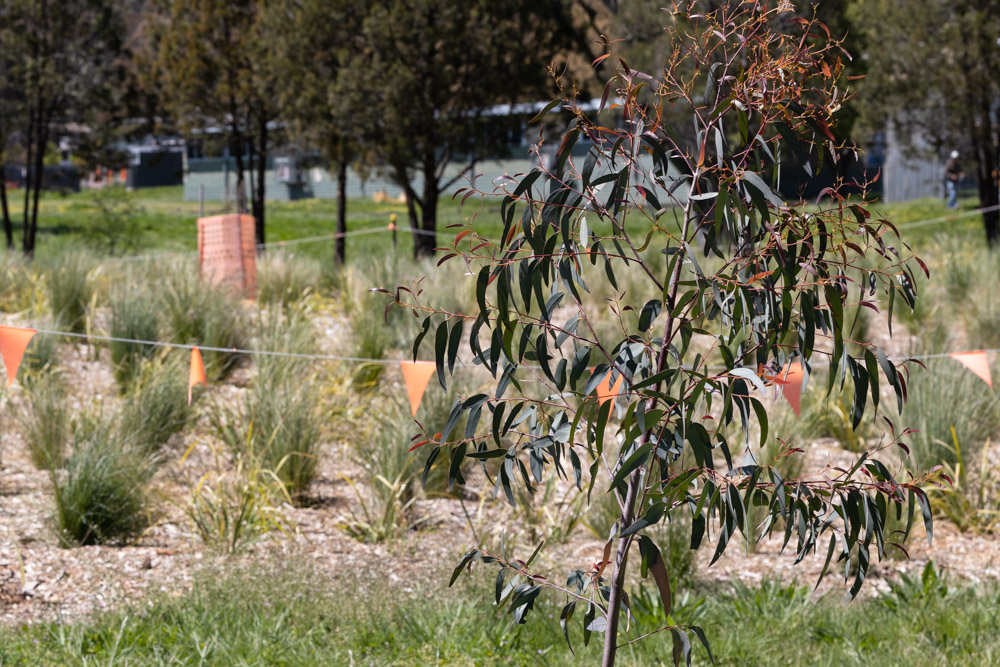The ACT ranks second in Australia for protecting tree habitat, according to a ‘Trees Scorecard’ published this week by the World Wildlife Fund (WWF).
The ACT received a score of 61 per cent, trailing South Australia (65 per cent) by only 4 points. This was an ‘Average’ score, the WWF stated, “showing that while we all have work to do, there has also been progress”. The national average was 41 per cent (‘Poor’).
The WWF noted that the ACT had ended native forest logging before 1980, and had strong policy commitments to maintain and improve native vegetation and biodiversity.
“However, with only 33 per cent of forest and native woodland remaining intact, and weak regulations and enforcement, the ACT will need to tackle these issues to secure the top spot in future scorecards.”
The ACT scored poorly on a regulatory framework for land clearing.
“Given the historic loss of mature native trees, especially in the lowland areas at risk from urban expansion, there are opportunities to strengthen the regulatory framework. This includes addressing inadequacies with the offsets framework and increasing the detection and enforcement of illegal clearing.” Similarly, strong enforcement and monitoring was a problem.
Again, the WWF found the ACT lacked transparent information about land clearing, logging, restoration and emissions.
“Like other jurisdictions, the ACT Government is flying blind when it comes to data on land clearing which is vital in understanding clearing rates, effectiveness of regulations and emissions. This must be improved…
“Spatial data relating to area that has been restored using government funds was not publicly available. Greater transparency relating to the outcomes from investment of public funds is required.”
It also said the government must update the ACT Climate Change Strategy 2019–25 “to clearly show the emissions benefits of ending land clearing and retaining vegetation”.
Environment minister Rebecca Vassarotti said: “Whilst this report is a positive sign for the ACT, it also demonstrates there is more work that can be done, and we’re up for the task.”
The ACT Government is reviewing the recommendations made in the World Wildlife Fund Trees Scorecard to see which areas we can improve and continue protecting our tree population in the Territory, the minister said.
“Data and monitoring systems can make a very valuable contribution to tracking gaps and progress toward conservation of our ecosystems. Recommendations around improvements to our data systems comes at a useful time as the ACT government is developing the next Nature Conservation Strategy. As a part of this, the ACT Government is currently reviewing its monitoring, data, and evaluation needs. In the ACT Budget 2023-24 there has been an investment to habitat restoration. Part of this investment will be spent to develop tools to prioritise, guide, and map restoration efforts.”
Nevertheless, Ms Vassarotti believes the second-place ranking reflects clear policy choices to maintain and improve native vegetation and biodiversity in the ACT.
“We are in the middle of an extinction crisis, and we have a responsibility to protect our ecosystems and native wildlife,” she said.
“Over recent years, we have made great strides in enhancing protection and growth for our local tree population in the ACT.
“A major contributor to our high ranking is the Government’s ban on native forest logging, and our commitment to urban tree infill targets. Now we need the rest of the country to get on board.
“As the world continues down a path of climate destruction, we are working to both reduce our emissions and ensure we mitigate the effects of a warming climate.
“Planting and preserving our trees in Canberra suburbs will go a long way towards protecting our community from the heat caused by long hot summers now and into the future.
“At the same time, the protection of our trees will ensure our native wildlife continue to have access to food and shelter. This is integral to supporting these populations in the face of an increasing number of extinctions across the country.
“The loss of a single habitat or species serves as a profound warning of an impending ecological collapse unfolding worldwide. That is why, under my watch, our environment will always be protected.”
The draft Action Plan to Prevent the Loss of Mature Native Trees in the Territory is being finalised following public consultation last year. Ms Vassarotti said this plan will enable the ACT Government to implement the next stage of reforms to plant, preserve and protect trees in the Territory.



